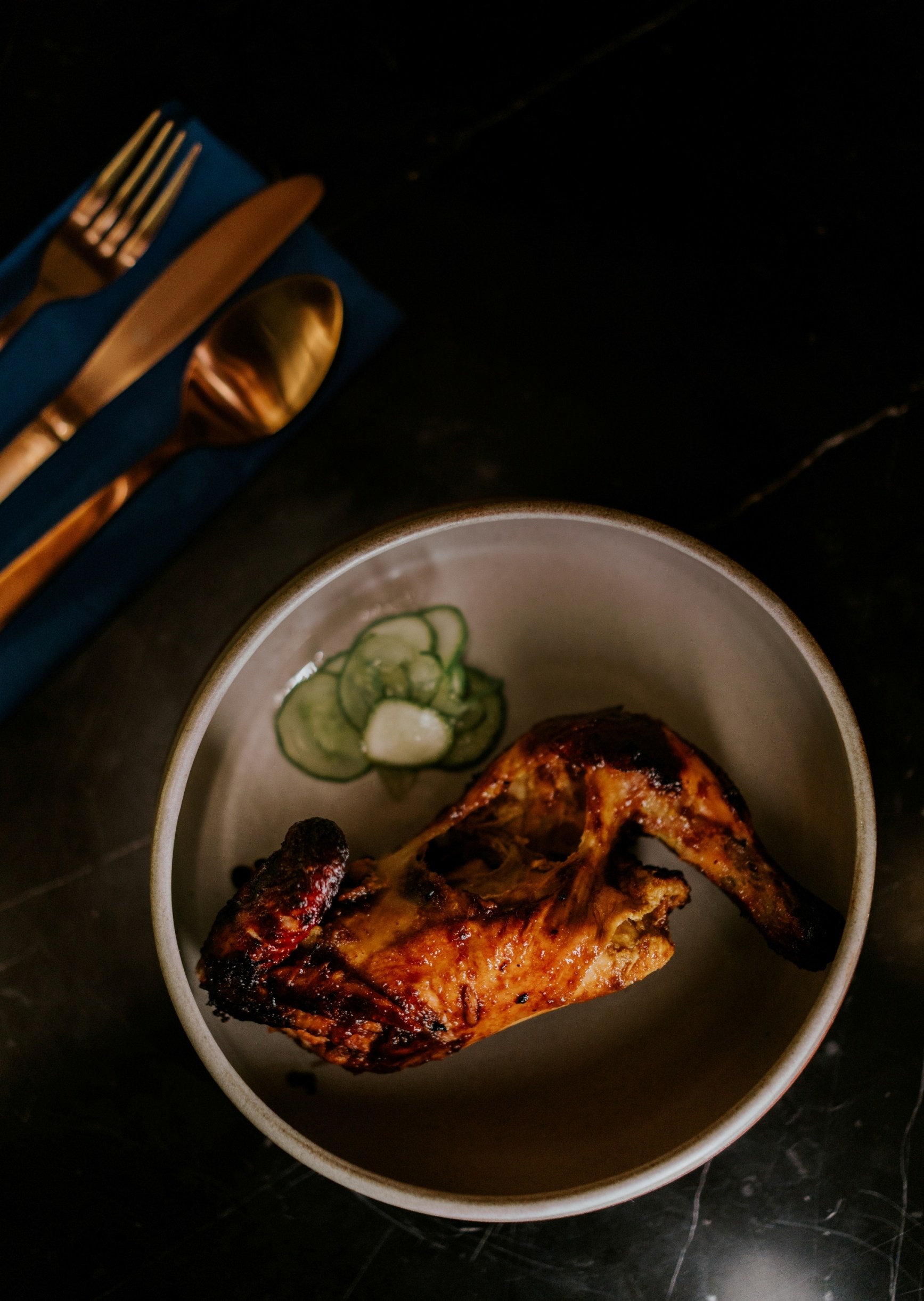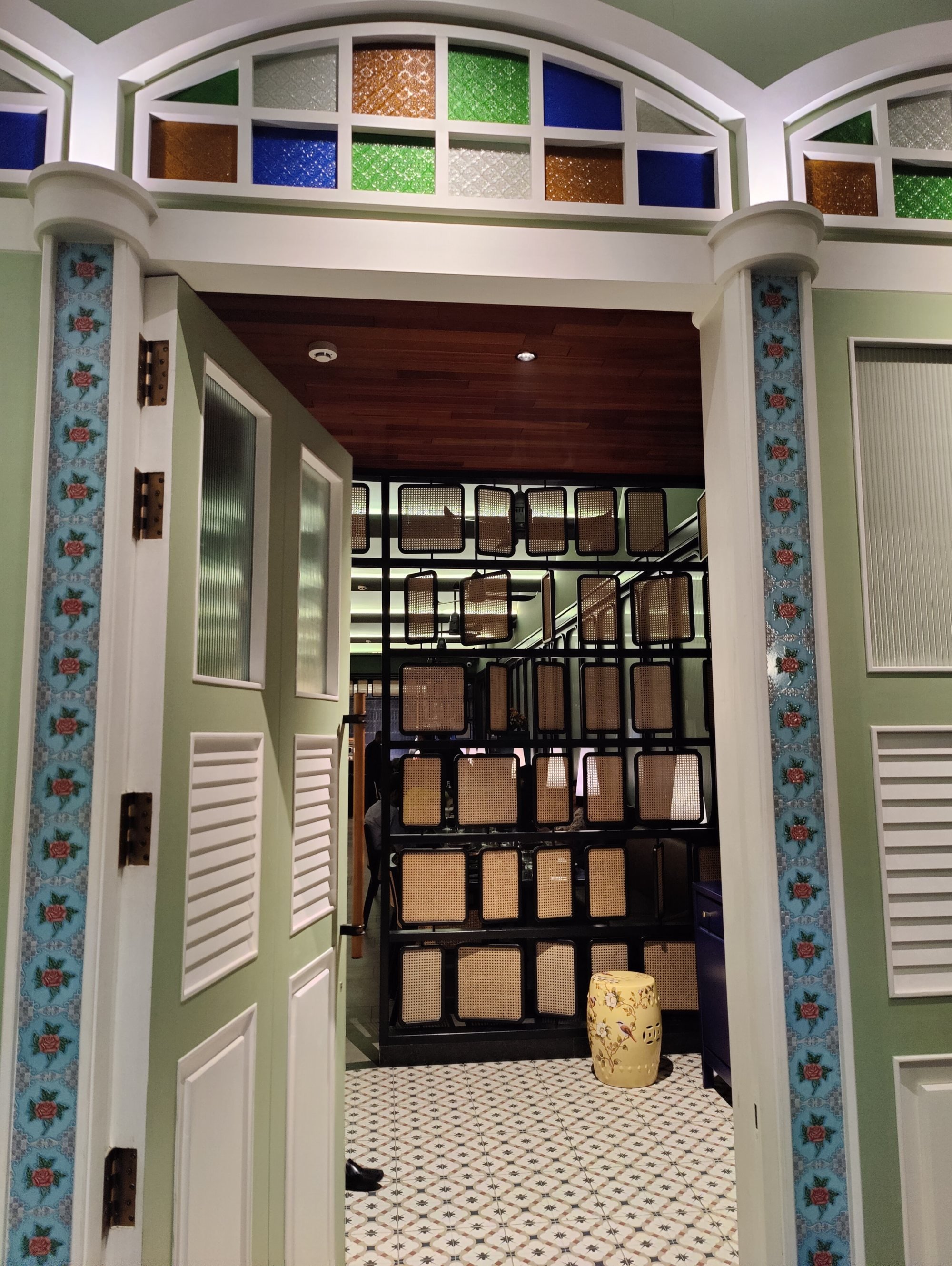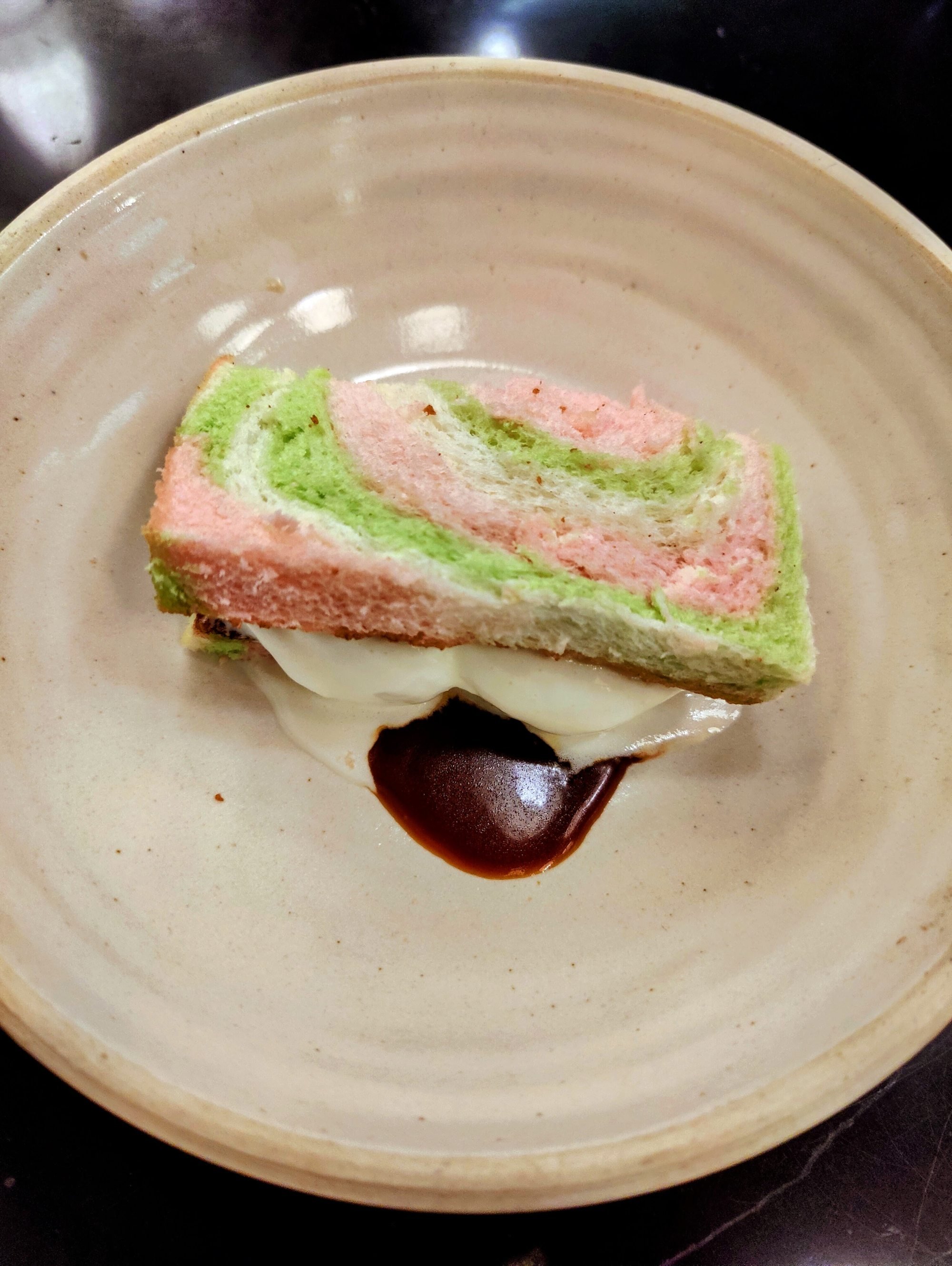
He was a cop, then MasterChef’s first Indian-Singaporean winner – now he’s opened a Peranakan cuisine restaurant in Chennai, India
- Sashi Cheliah was a policeman and prison officer who liked to cook – then he won MasterChef Australia and opened a restaurant. Now he’s opened one in Chennai
- He’s going back to his South Indian roots with a restaurant serving Peranakan food – Asian fusion cuisine – that ‘has an umami flavour like Indian food’, he says
Soft-spoken and down-to-earth, Singapore-born chef Sashi Cheliah was the 2018 winner of MasterChef Australia, the reality-television show in which home cooks compete in a series of culinary challenges.
He became the first chef of Indian descent (his grandparents were from the temple town of Madurai, in South India) to win the competition, with his dish of Thai-inspired sambal prawns scoring a whopping 93 out of 100 in the finale.
Cheliah was in Chennai, southern India, recently to open his fine-dining restaurant Pandan Club in T’Nagar, one of the city’s oldest neighbourhoods. It serves Nyonya food, a fusion of Chinese, Malay, colonial European and South Indian cuisines that’s uncommon in India.
Why open in Chennai? “Why not?” he says. “I have roots in South India and my business partner Manoj Padmanabhan, an entrepreneur, and Sandesh Reddy, mentor, are from here.

“This city is a mix of tradition and authentic flavours, and at the same time favours experimentation and new flavours, and therefore perfect for my foray into India.”
As for why he decided to cook Peranakan, or Nyonya, cuisine, Cheliah explains that it has its origins in Malaya (present-day Malaysia), where early Chinese migrants settled in places like Malacca and Penang, uses “a lot of fermentation techniques, and the food has an umami flavour like Indian food”.

“They also use a lot of similar ingredients,” he adds.
Cheliah was not always a chef. For 12 years he was a member of Singapore’s police force, working on the Special Tactics and Rescue team that focused on counterterrorism and hostage rescue. Food was a way to detach himself from such a high-pressure job and indulge his passion.
He decided to quit and move to Australia with his family in 2012 for better work-life balance and prospects, and began working in a prison. He was already considering moving away from law enforcement to open a café when he signed on to audition for MasterChef Australia on a whim.
Any ingredient you use should not be overpowering – there should be a balance of all aspects like sweet, sour, and salty
After his win in 2018, Cheliah opened his first restaurant, Gaja by Sashi, in Melbourne, Australia, serving Indian and South Asian fusion food; he opened a second branch the following year in Adelaide.
He quickly became known for his fusion cooking that combined Indian, Malay and Chinese influences. Recently he travelled to Delhi, Bengaluru, and Mumbai in India to create a seven-course degustation menu for an episode of the long-running TV series about the social and cultural history of food, World on a Plate.
Cheliah uses ingredients familiar to Indians such as coconut milk and chilli, and weaves in others, like lemongrass and galangal, to add a twist.

“Indian food is all about diversity and different flavour profiles, with nuances in every state and region,” he says. “Both Indian and Malay cuisines have similarities; they are both robust and inclined towards the spices.”
The 94-seat Peranakan restaurant in Chennai, lit with traditional lanterns, has typical Peranakan décor. It’s a modern interpretation of the aesthetics of Joo Chiat, a culturally rich neighbourhood in eastern Singapore known for its heritage buildings, and features handmade ceramic tiles and rattan.
The restaurant imports almost 30 per cent of its ingredients – items like candle nuts, pandan essence and anchovies – from Singapore and Malaysia.

On the menu are items such as Roti Jala, a golden yellow, lacy pancake, and spring rolls made with bean curd skin. There is a piquant black nut lamb curry, which uses buah keluak, or black nut, called the “truffle of the East”, which has a slightly bitter, chocolatey taste.
One of the desserts Pandan Club serves is a simple ice cream sandwich, caramelised with coconut milk ice-cream. “This was what I used to have as a schoolboy in Singapore,” Cheliah says.
The oldest of seven children, food was a large part of Cheliah’s culture – although, like typical Indian families, they did not allow a boy to cook. Nevertheless, he grew up hanging around in the kitchen, watching his mother and aunts cook large meals for the extended family on special occasions and festivals.

“I used to do barbecues when I was 13 or 14, but my real foray into cooking began when I moved to Australia, and had time to research and experiment,” he says.
Taking part in and winning MasterChef changed his life, says Cheliah. “Sharing a space with 24 incredible cooks and judges gave me great lessons in flavour profiling,” he says. “I did extensive research delving into old cookbooks. It also fast-tracked my progress, and opened so many doors.”
His restaurant in Adelaide serves Indian and Asian food with a twist, such as oyster with deconstructed raita that uses coconut instead of yoghurt, and a chilli and mint granita.
Indian dhaba’s journey from roadside truck stop to fine-dining destination
He was called the “king of flavours” on MasterChef. What is his take on the use of spices? “Any ingredient you use should not be overpowering – there should be a balance of all aspects like sweet, sour, and salty.
“The holy trinity of the three spices – cinnamon, star anise and cardamom – is a match made in heaven and I use them often. Cloves should be used more carefully, as they can be overpowering.”
Cheliah calls his wife, Rabicca, his third eye – his biggest critic and the one who keeps track of everything in his life so that he does not miss anything. When I ask him about a typical meal at home, he says rice is a staple, there is always a rasam (a watery lentil tomato soup) and a vegetable stir fry.
“It’s simple food that does not take too much time but is healthy and fresh,” he says.

His two boys love food, experimenting and trying new dishes and helping in the kitchen.
Cheliah wants to expand his restaurant in Australia and open new ones, and replicate Pandan Club in other cities. He also wants to explore chef fashion and clothing lines.
The chef’s first cookbook, Kampong Boy, which has recipes for Singapore street food, has just been published. Outside the kitchen, he loves to work on his fitness and runs marathons.
He has his plate full – but he’s not complaining.

